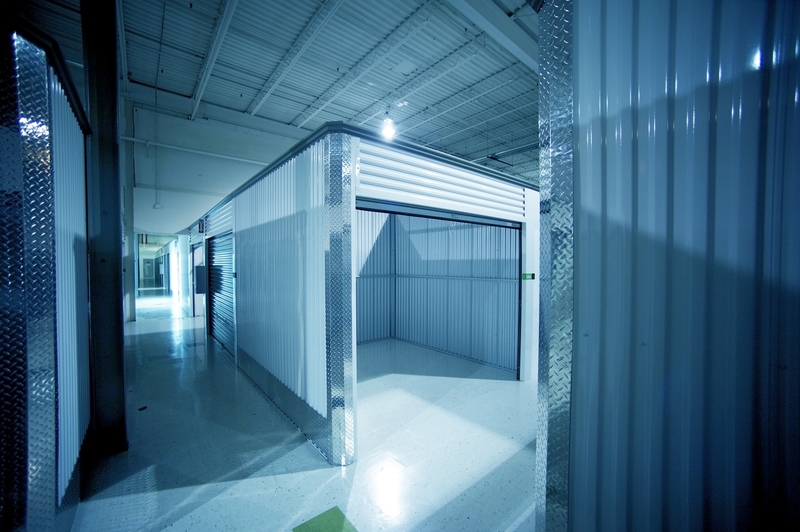A sofa is often the focal point of any living room, providing a comfortable and stylish place for relaxation. However, there may come a time when you need to put your sofa into storage, either due to moving to a new home or simply needing extra space. Storing a sofa properly is crucial in order to preserve its quality and ensure it lasts for many years to come. In this article, we will discuss some pro tips for long-term preservation of your sofa while in storage.
Clean and Vacuum Thoroughly
Before storing your sofa, it is important to clean and vacuum it thoroughly. This will help remove any dirt, dust, or debris that may have accumulated on the surface and inside the crevices. Using a gentle fabric cleaner or upholstery shampoo can also help remove any stains or odors. Make sure to let the sofa dry completely before proceeding with storage.

Protect from Moisture
Moisture can be extremely damaging to furniture, causing mold, mildew, and musty odors. To prevent this, make sure your storage unit is dry and well-ventilated. You can also use moisture-absorbing products such as silica gel packs or charcoal briquettes inside the storage space to help keep the air dry. Additionally, consider covering the sofa with a breathable cloth or plastic cover to protect it from any potential leaks or spills.

Disassemble if Possible
If your sofa has removable parts such as cushions, legs, or arms, consider disassembling them before storing. This will not only save space but also reduce the risk of damage during transport and storage. Make sure to label all the parts so you can easily reassemble them when needed.
Elevate off the Ground
When storing your sofa in a self-storage unit, it is important to elevate it off the ground. This will prevent moisture from seeping in from the floor, as well as protect it from any potential flooding. You can use wooden pallets or bricks to elevate the sofa, making sure it is stable and not at risk of toppling over.
Tip #5: Store in a Climate-Controlled Unit
Extreme temperature changes can also damage your sofa, causing the fabric to fade or warp. To avoid this, consider storing your sofa in a climate-controlled unit. This will maintain a consistent temperature and humidity level, ensuring that your sofa remains in good condition throughout its time in storage.
Pros and Cons of Storing Your Sofa
Pros:
1. Provides extra space for other furniture and belongings.
2. Protects the sofa from potential damage during house renovations or moving.
3. Preserves the quality of the sofa for long-term use.
4. Saves money by avoiding the need to buy a new sofa in the future.
Cons:
1. May require additional expenses for renting a storage unit.
2. Requires proper planning and preparation before storing.
3. Limited access and convenience compared to having the sofa in your home.
4. Risk of potential damage if not stored properly.
Takeaways:
1. Properly clean and vacuum your sofa before storing it.
2. Protect it from moisture by choosing a dry and well-ventilated storage unit and using moisture-absorbing products.
3. Disassemble if possible and store off the ground.
4. Consider a climate-controlled unit for optimal preservation.
5. Plan ahead and label all parts for easy reassembly.
Conclusion:
Taking care of your sofa while in storage is crucial to ensure its longevity and quality when you eventually bring it back into your home. By following these pro tips for long-term preservation, you can rest assured that your sofa will be well-protected and ready for use whenever you need it again. From thorough cleaning to choosing a suitable storage unit, these steps will help preserve your beloved piece of furniture for years to come.





